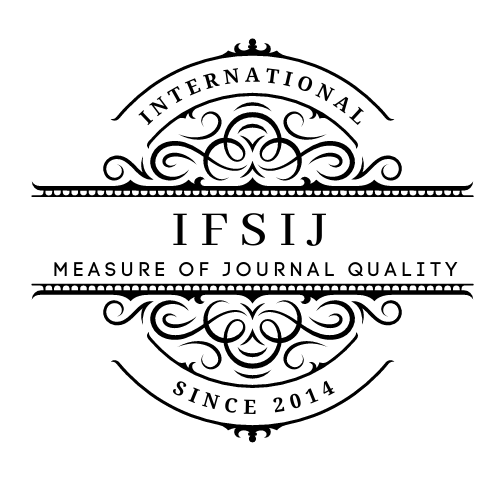DEGRADATION PROCESSES CAUSED BY THE IMPACT OF ANTHROPOGENIC FACTORS ON THE ECOSYSTEM OF TUSHETI PROTECTED AREAS
Keywords:
Protected areas of Tusheti, anthropogenic factors, ecosystem.Abstract
Tusheti protected areas, which include Tusheti National Park, nature reserve and protected landscape, are one of the largest and most diverse not only in Georgia, but also in Europe. The purpose of its creation is to protect the unique nature that is characteristic of these places and preserve the cultural heritage. Based on the research, we studied the diversity of the ecosystems of the protected areas of Tusheti, and described which species are most widely distributed on the territory of Shenako, on arable and uncultivated areas. Based on the research conducted by us in 2023, we can conclude that the unsustainable use of pastures and forests in the protected areas of Tusheti (for example, the village of Shenakoo) leads to soil erosion, degradation, desertification and loss of biodiversity. In the area, which years ago was used for agricultural activities and later became a pasture, the natural regeneration stopped. The enhanced erosion process prevented the restoration of habitats. The use of the area for grazing has had a negative impact on wildlife and the spatial distribution of species. There is excessive grazing, replacement of autochthonous plant species with non-autochthonous ones, and soil erosion caused by technogenic causes. As a result, the biodiversity of ecosystems in the Shenako0 area is reduced. Desertification is increasing and fertile soil layers are reduced due to erosion events. Degradation processes caused by the impact of anthropogenic factors on the ecosystem of the protected areas of Tusheti are observed.
Downloads
Published
How to Cite
Issue
Section
License

This work is licensed under a Creative Commons Attribution-NonCommercial-NoDerivatives 4.0 International License.















